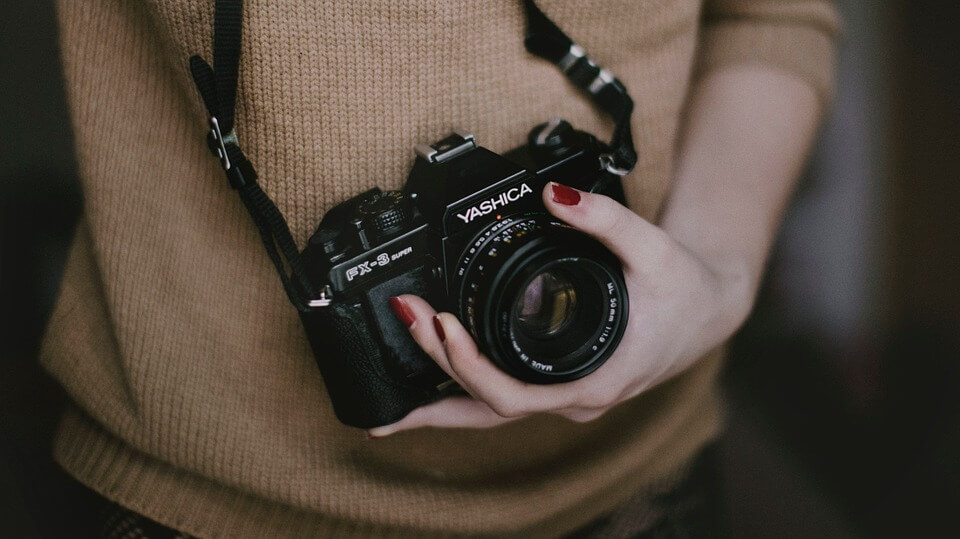One of the most asked questions when it comes to digital photography is how to take photos in low light conditions. Whether you’re taking photos indoors in dim lighting or outside during the evening, having low light can cause affair amount of problems if the necessary steps aren’t taken.
The most obvious way of combating low light is to use a flash. Virtually all cameras have a built-in flash that can work to a certain extent. However, using a flash can often make your pictures worse, flattening them out and ruining the colour in them. Using an external flash is a good option if you have a DSLR, allowing you to manually position the direction to bounce the light off the ceiling or a wall.
If a flash isn’t practical, during a wedding ceremony for instance, then upping the camera’s ISO is another way of coping with low light. This control’s your camera’s sensitivity to light; the higher the ISO is, the more sensitive to light it is. The problem with ramping the ISO up too far is an increase in noise (grain), although this can be touched up post-production.
Switching to manual settings will help you get the most from your camera, and if shooting in low light, the optimum manual settings are a fast shutter speed and wide aperture. Having a wide aperture allows more light to enter the camera, whilst a fast shutter speed will help reduce the amount of motion blur in the photo.
It’s always best to practice as much as possible to get the settings just right. Zooming in on your photos on your camera is a good way of checking their quality. After, all they may look great on a tiny screen but when it comes to photo printing or viewing them in photobooks, those imperfections will stick out a mile.
